What do my skincare routine and the old French fries from McDonald’s have in common? They both incorporate tallow! Although I don’t consume or suggest fast food fries, tallow stands as a timeless and nourishing remedy for achieving healthier skin. Here’s a guide on utilizing tallow for skincare and exploring its numerous advantages.
What is Tallow?
Tallow has experienced a resurgence in recent years, but this beneficial fat is far from novel. Throughout the 1800s and earlier, it was frequently used as a balm for various skin conditions. Cultures have used animal fats, including tallow, in cooking for thousands of years.
Typically, when people mention tallow, they are referring to beef tallow. Tallow can be derived from beef, mutton (sheep), or deer fat. Up until 1990, McDonald’s used beef tallow for their fries, as did several other fast food establishments. However, it has since been substituted with "heart-healthy" GMOs and vegetable oils treated with glyphosate (cue sarcasm).
While many dermatologists and health organizations disapprove of tallow, it can still be found in German lotions for sore muscles made using deer tallow, known as hirschtalg. Although you probably won’t see tallow on the shelves of your local big-box grocery store, many individuals have continued the tradition of rendering tallow.
Benefits of Tallow
Consuming healthy animal fats is beneficial, but they can also work wonders for skincare. The skin naturally produces sebum to help maintain moisture and protect against harmful microbes. Tallow, as an animal fat, closely resembles the sebum present on human skin. Interestingly, the Latin translation for sebum is tallow.
Tallow forms an emollient barrier on the skin that offers benefits for all skin types. It doesn’t clog pores, making it suitable for acne-prone skin, oily skin, and those prone to breakouts. Tallow is mild enough for use on babies, making it a go-to for alleviating rashes. Those dealing with eczema, psoriasis, sensitive skin, and dry skin often notice improvements with tallow.
I enjoy how silky my skin feels thanks to tallow, and it has worked wonders on my son’s eczema scars!
What Makes Tallow so Great for Skin?
Beef tallow is composed of 50% saturated fat, 42% monounsaturated fat, and 4% polyunsaturated fat. It also contains vitamins A, D, E, and K, which support skin health. Some benefits of these fat-soluble vitamins for the skin include:
- Vitamin A – Promotes collagen production to diminish fine lines and wrinkles, enhances skin elasticity, and encourages skin cell turnover for smoother, less blemished skin.
- Vitamin D – Reduces skin inflammation, acts as an antioxidant to protect skin from damage, and prevents the accumulation of dead skin cells. It plays a significant role in preventing infections.
- Vitamin E – Functions as an antioxidant, aids in preventing free radical damage, enhances wound healing, and improves damaged skin.
- Vitamin K – May enhance skin elasticity to improve stretch marks, reduce dark spots, and promote wound healing for healthy skin.
Tallow also contains conjugated linoleic acid (CLA) found in grass-fed tallow and meat. CLA offers numerous health benefits as part of a healthy diet and boasts skin benefits. This group of polyunsaturated fatty acids possesses anti-inflammatory properties and aids the immune system. There’s some evidence that CLA, when combined with vitamin E, can help with rheumatoid arthritis, and tallow contains both.
Further research has revealed that CLA has cancer-fighting capabilities and might offer protection against heart disease. A 2006 study discovered that beef tallow enhanced CLA’s ability to combat breast cancer cells in mice. The mixture was more effective in preventing the tumors from spreading. While this was an animal study, the results are promising.
Tallow contains other essential fatty acids such as oleic acid and stearic acid.
- Oleic Acid – Maintains skin softness and flexibility by forming a protective layer of fatty acids on the skin. It is also anti-inflammatory and aids in regenerating skin cells.
- Stearic Acid – Protects the skin barrier, as about 11% of our sebum is stearic acid. It acts as an emollient to soften skin, promoting a smooth, silky feel. It reduces flaking and itching, particularly in cases of psoriasis.
Mutton Tallow vs. Beef Tallow
Most tallow is sourced from beef, but mutton tallow should not be overlooked. It possesses a slightly different fatty acid profile and provides a different skin feel. Mutton tallow is marginally higher in the antioxidant vitamin E. It contains less palmitic acid compared to beef tallow but more oleic and stearic acid. Both are similar and beneficial for the skin.
Obtaining grass-fed mutton tallow might be more challenging, but it’s worth exploring for skincare. Grass-fed lamb tallow and beef tallow, already rendered, are available from US Wellness Meats. You can also find lamb suet and beef suet if you’d prefer to render the tallow yourself.
Comparing Beef Tallow to Plant-Based Oils
How does tallow compare to oils and butters like coconut oil, olive oil, and shea butter? Each natural oil and butter boasts a unique fatty acid composition, with some being more suitable for certain applications. GLA is shown to aid with psoriasis, while linoleic acid helps maintain the skin barrier.
Since tallow is animal-based, its mechanism differs from that of many plant-based oils. A small amount suffices, and it absorbs well into the skin (provided you don’t overuse it). Certain oils, such as coconut oil, have a slower absorption rate and may leave a greasy residue. Others, like castor oil, can feel thick and sticky when used alone.
Rendering Tallow for Skin
Does this mean you should collect the beef drippings after dinner to use on your skin? While you can extract fat from animal meat, tallow specifically originates from suet. Suet is the fat surrounding the animal’s organs, sometimes referred to as kidney suet or leaf fat.
Rendering tallow involves melting the suet and straining out impurities. Some individuals repeat this process several times to ensure no meat or other animal parts remain in their tallow. Pure, well-refined tallow can last about a year when stored at room temperature. If not thoroughly strained or stored in a warm environment, it may become rancid sooner. You can learn how to render your own tallow from various sources.
Properly rendered tallow shouldn’t emit a bad odor. If cooled tallow smells rancid or like ground beef, it hasn’t been fully purified. It might be fine for cooking purposes, but I prefer not to have my skin smell like a cheeseburger.
Grass-Fed vs. Factory Farmed
I’ve emphasized this before, but grass-fed and pasture-raised animals are the healthier choice. This holds true for tallow as well. When making or purchasing tallow, ensure it’s derived from high-quality, grass-fed animals. Grass-fed cows and sheep have a more favorable fatty acid profile, while conventionally raised grain-fed animals possess more inflammatory fats.
Grass-fed beef contains up to five times more anti-inflammatory omega-2 fatty acids than grain-fed cows. There’s also double the amount of CLA, along with more vitamin A, vitamin E, and other nutrients. Sheep also contain CLA, so you’ll find more CLA in grass-fed mutton tallow too.
Tallow Skincare Products
Tallow balm serves as an excellent moisturizer or lotion. Since tallow is solid and waxy on its own, it’s often mixed with other oils and butters. Some beef tallow skincare products are infused with essential oils, while others are unscented. Tallow can also be utilized to craft lip balm, hand cream, and tallow soap.
Given tallow’s thickness and intense moisturizing properties, only a small amount is necessary. Overusing pure tallow on the skin can make it feel greasy until it absorbs. Tallow’s resemblance to the skin’s sebum enables it to penetrate deeply, providing nourishing protection.
Precautions and Side Effects
If you are allergic to beef, it’s theoretically possible you might react to tallow as well. A small segment of the population experiences alpha-gal syndrome, causing an allergy to red meat and products derived from these animals. It remains unclear if animal fat will trigger a similar reaction.
There is a concern about BSE (mad cow disease) from contaminated cattle products, according to the FDA. This has led numerous beauty experts to deem tallow risky and discourage its use. The FDA permits tallow in skincare if it contains no more than 0.15% insoluble impurities, meaning it must be pure.
The FDA also cautions against raw, grass-fed milk from healthy cows but deems artificial yellow food dye (banned in Europe) acceptable. Consequently, I approach their recommendations cautiously. If you’re utilizing tallow from healthy, grass-fed cows that has been properly processed, BSE should not be a concern.
Some mainstream beauty circles express unease over the fact that tallow hasn’t undergone extensive testing as a skincare component. Nonetheless, numerous studies have explored tallow’s myriad uses, and it boasts a longstanding, safe history of use in skincare.
How I Use Tallow for Skin
At first, I was hesitant about applying tallow to my skin, but I’ve come to appreciate how it feels. It’s a fantastic alternative for people with coconut oil allergies or extremely sensitive skin. I’ve applied homemade tallow lotion bars on my son’s eczema scars and to manage minor skin conditions.
If you’re not inclined to make your own, products from Toups & Co are among my preferences. They offer tallow balm, tallow lip balm, and a nourishing tallow stick.
Have you ever used tallow before? What are your preferred methods for using it? Feel free to comment and share your experiences!


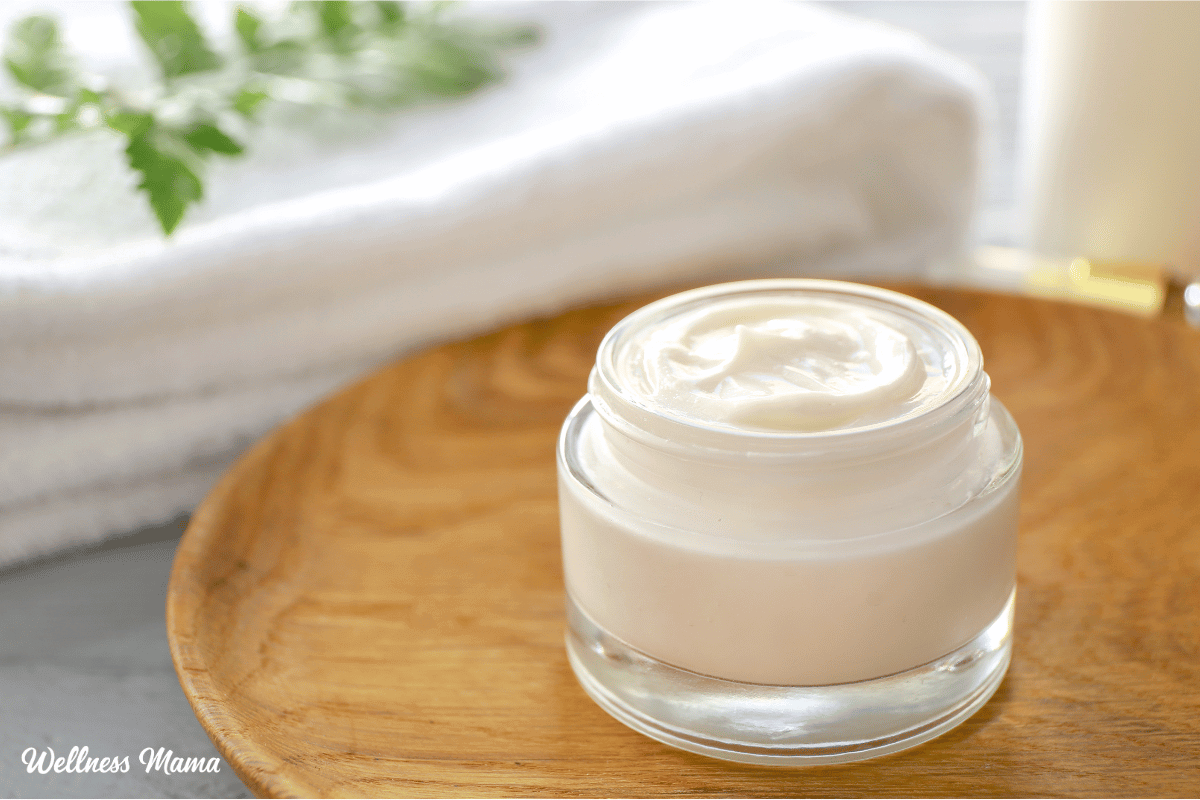
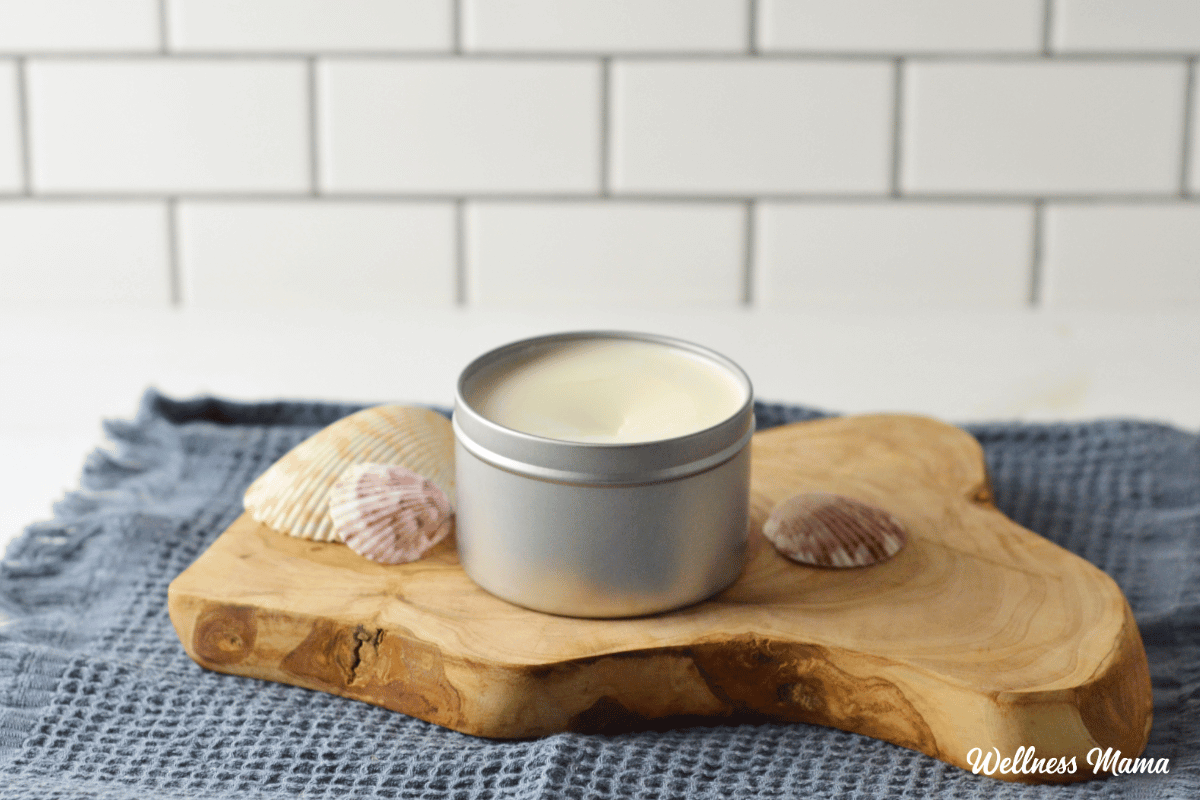
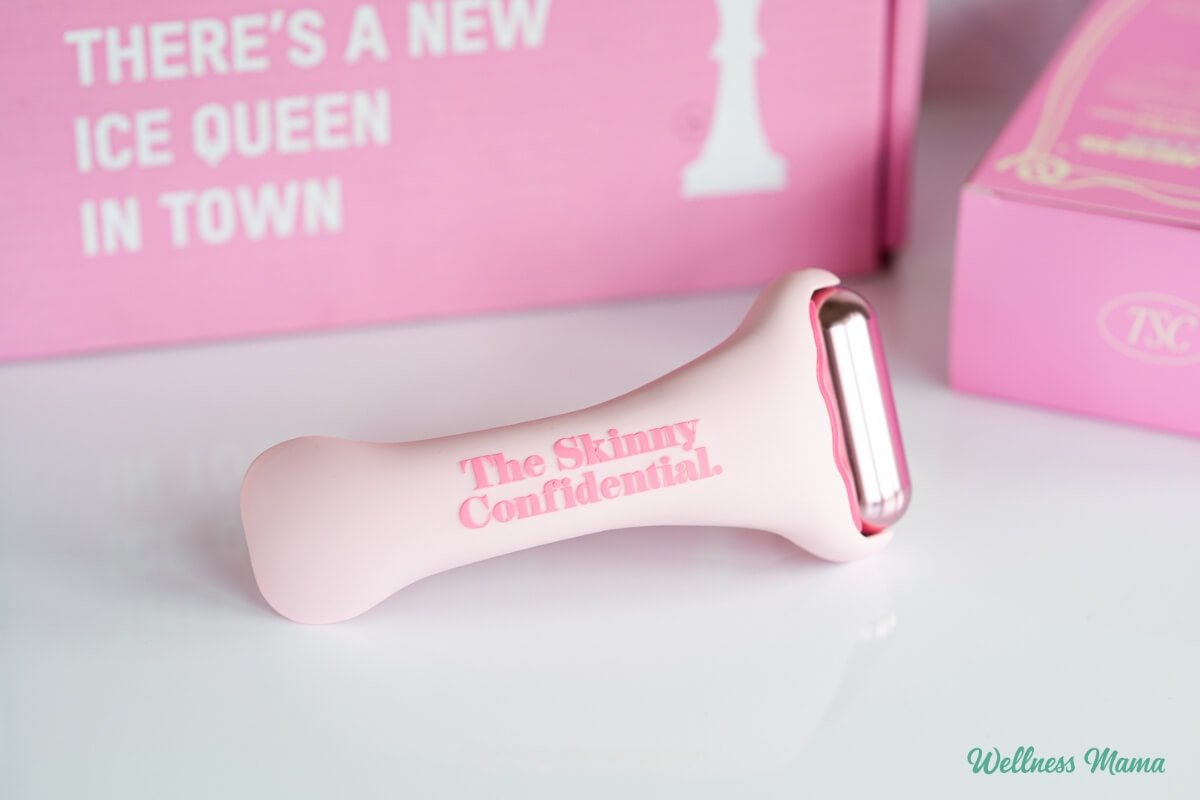
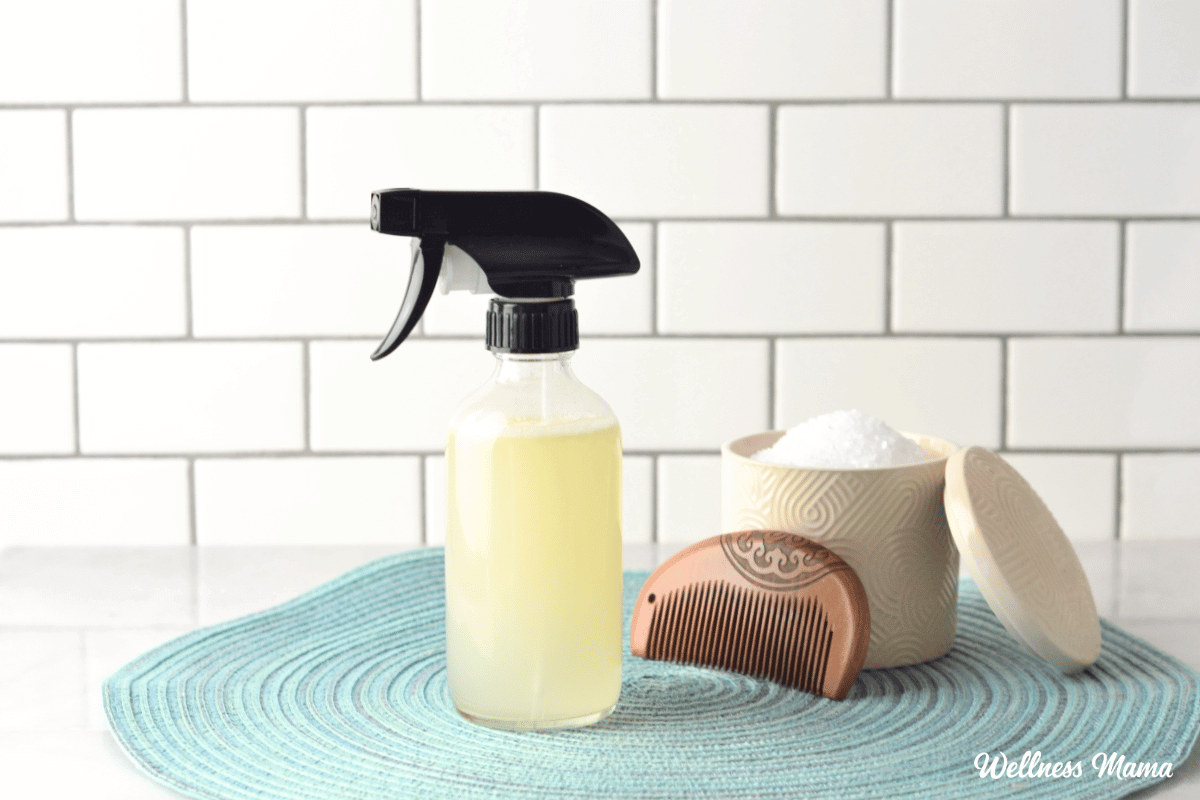
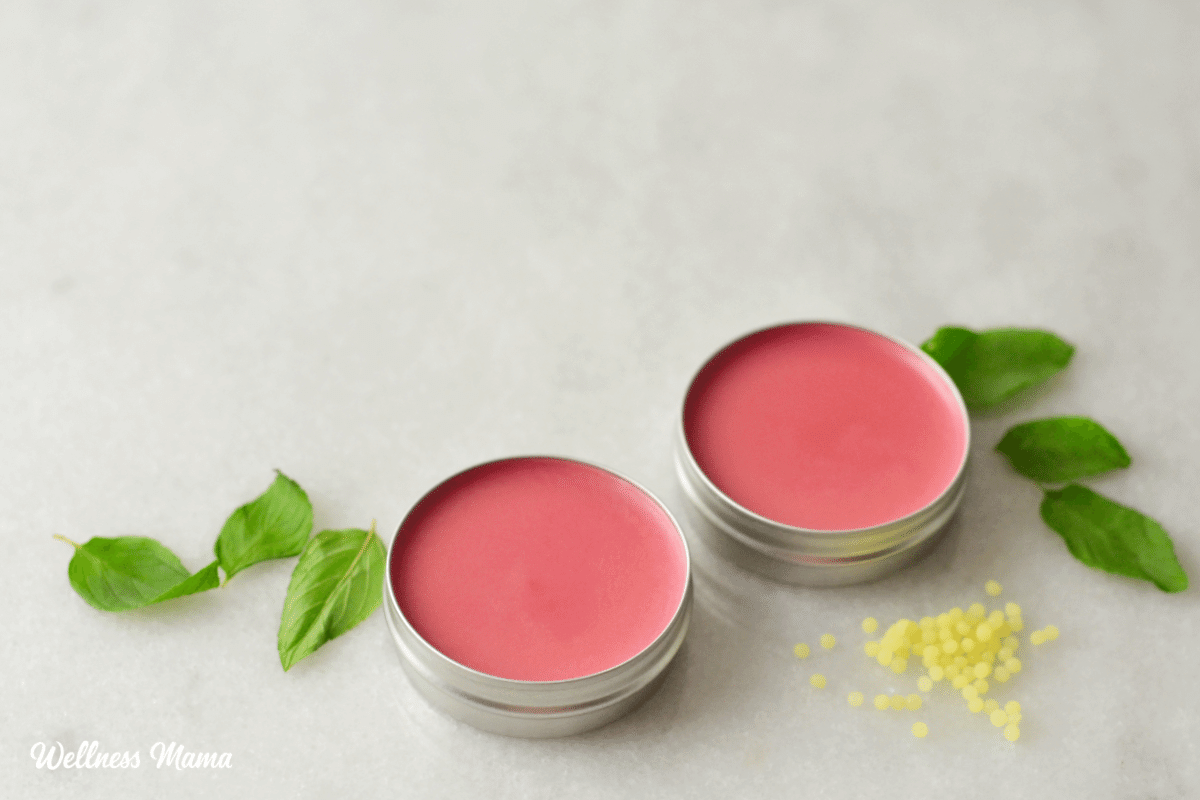
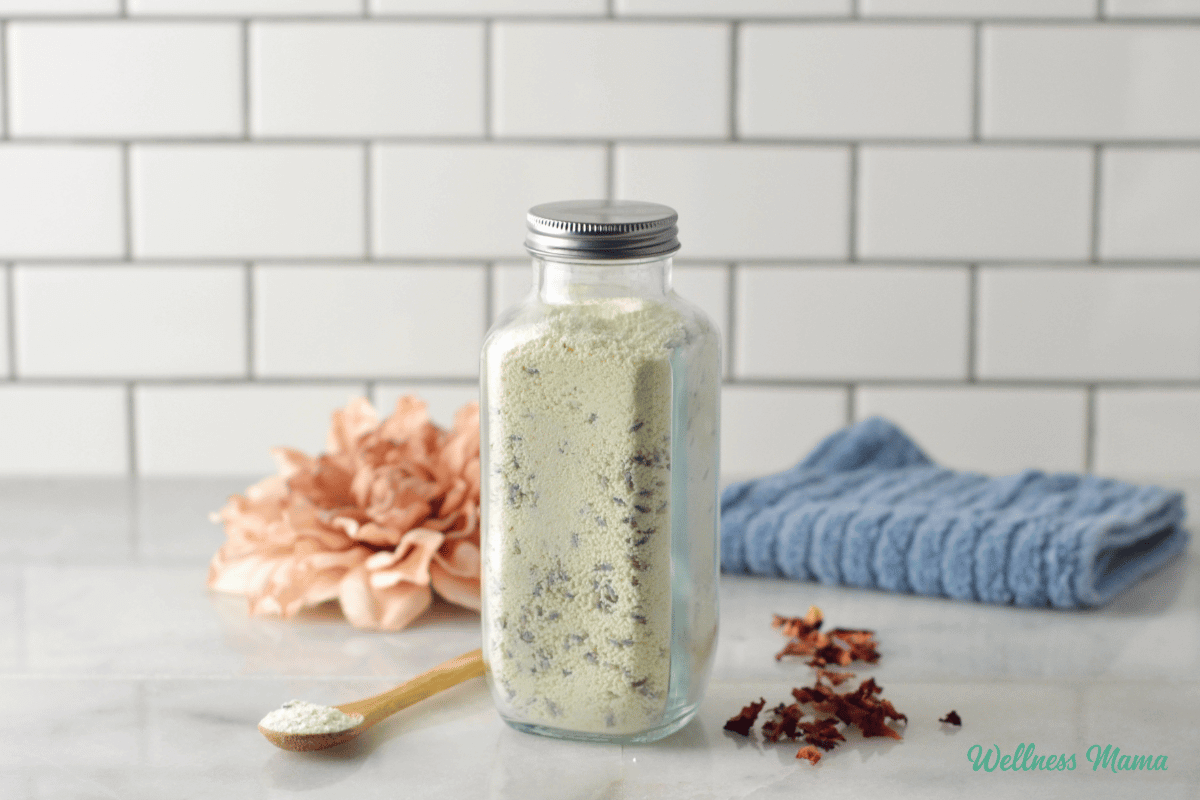

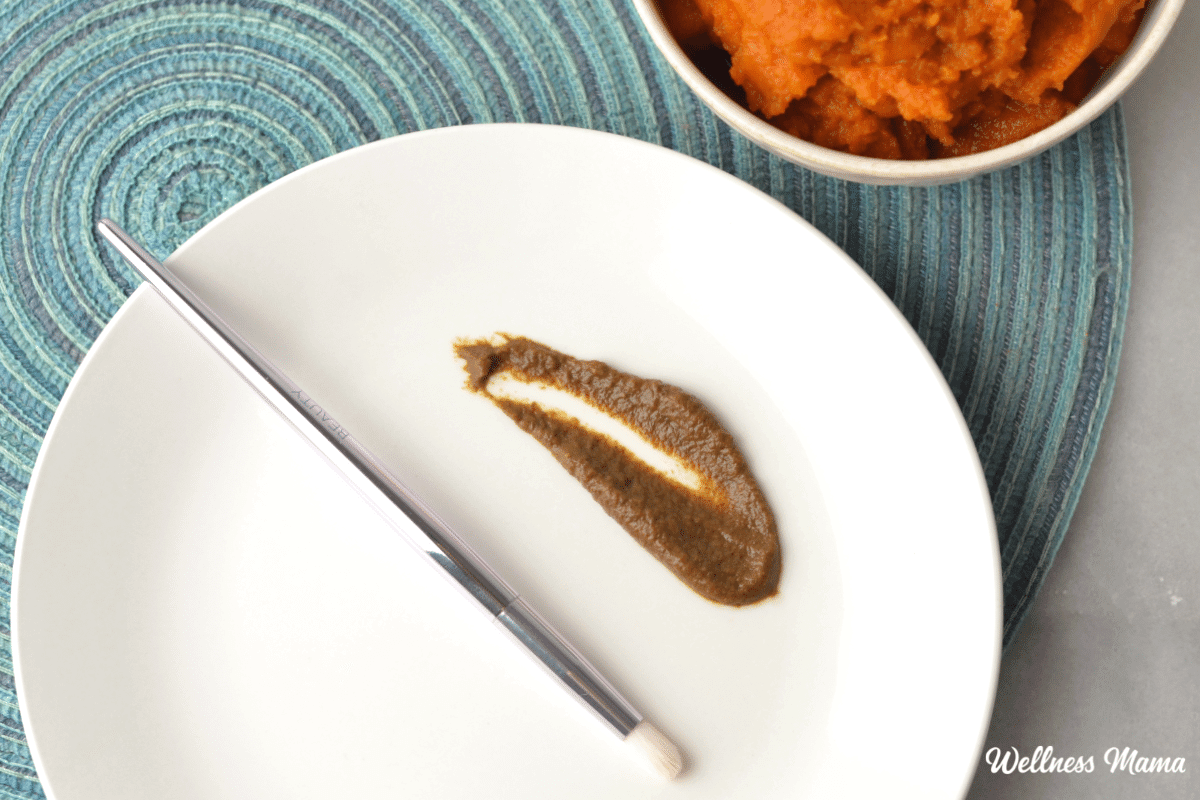


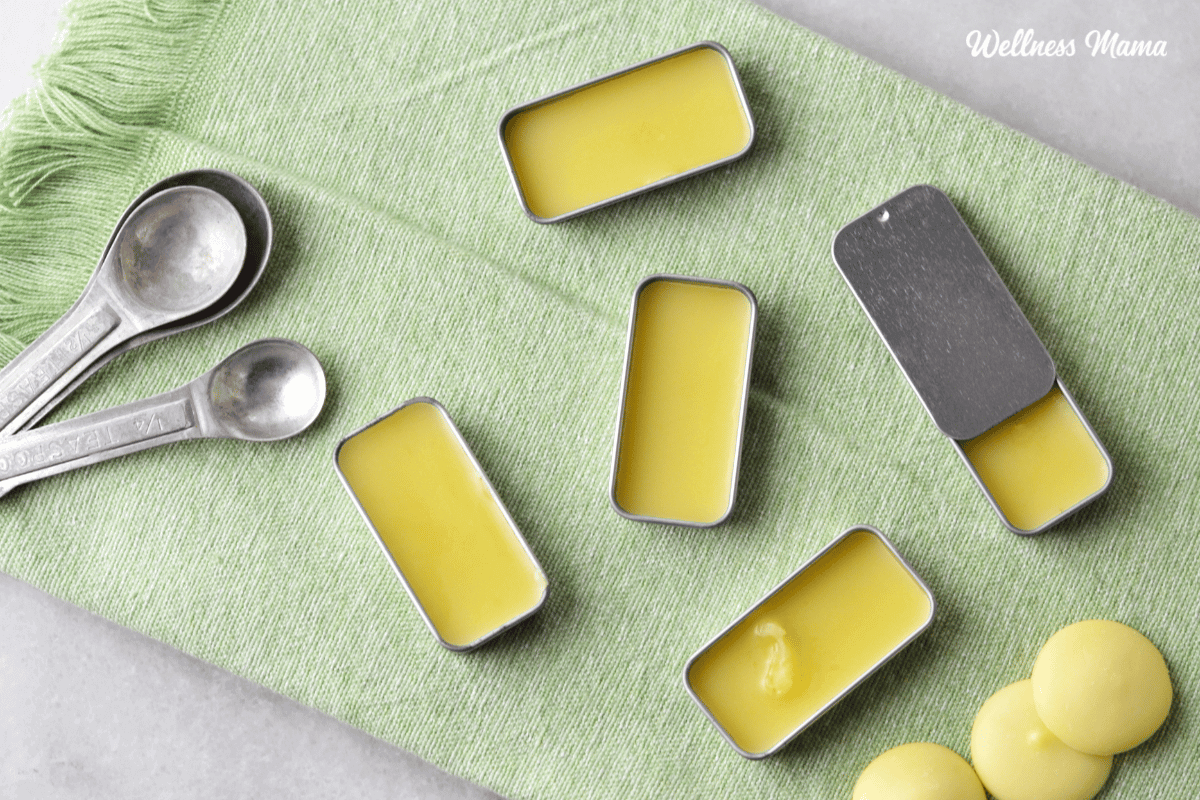

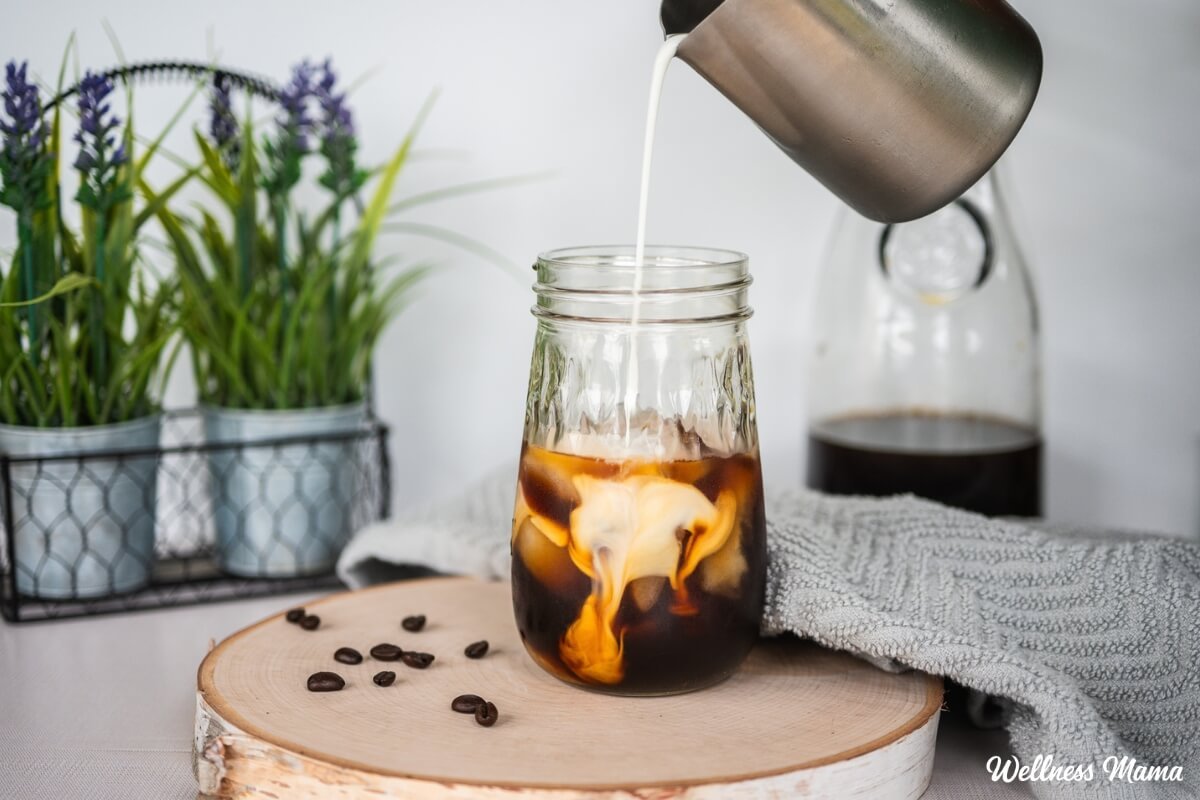
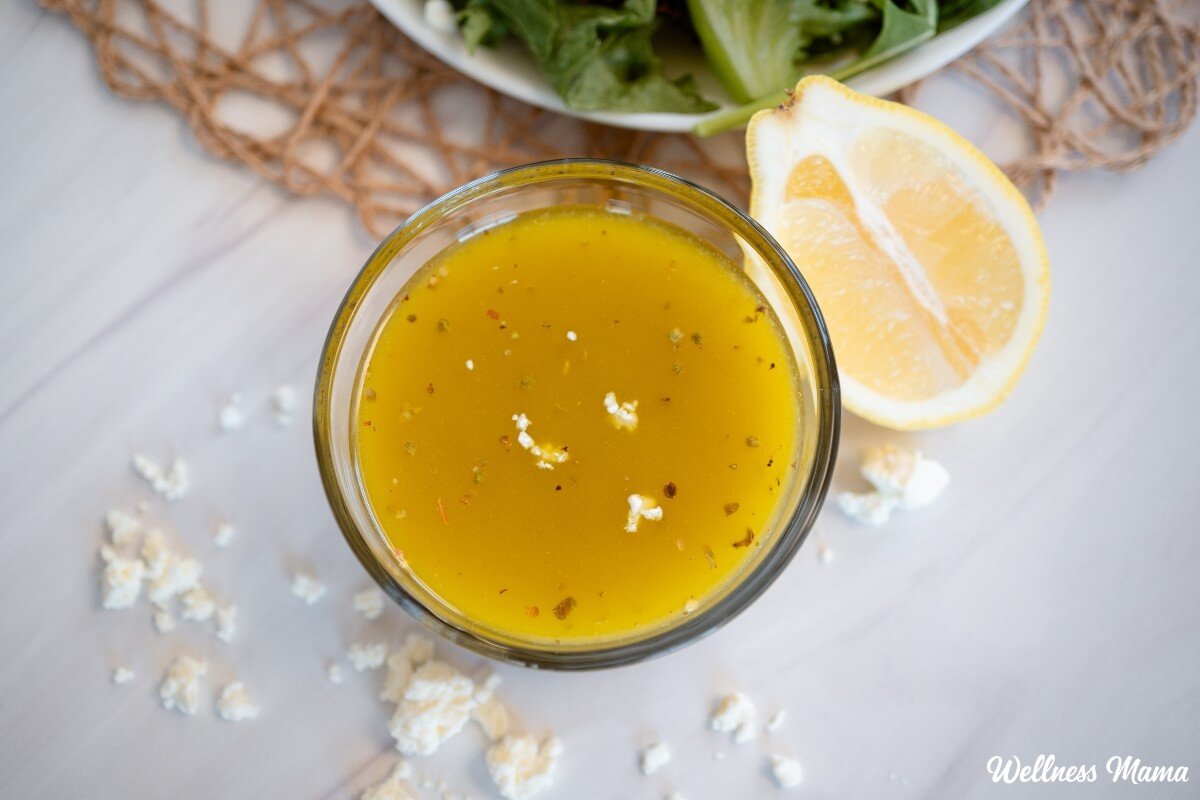
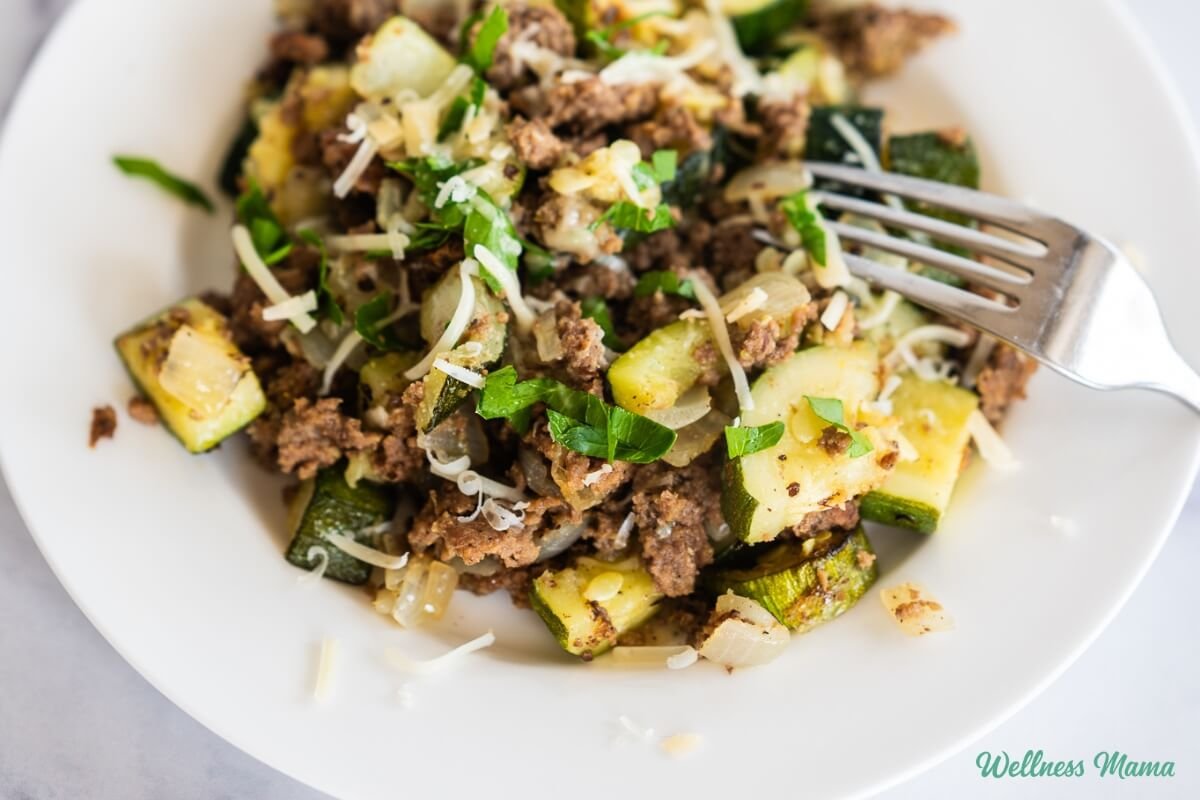
Leave a Reply